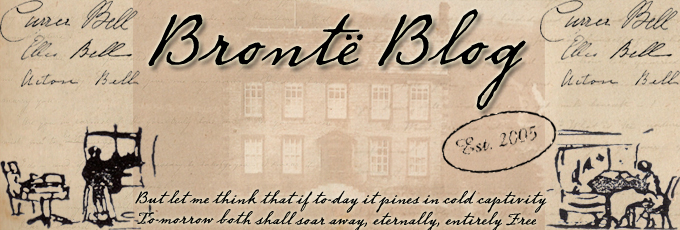A new scholar Brontë-related paper:
Different Kinds of Silence: Revisions of Villette and the ‘Reader’s Romance’
Lucy Hanks
Journal of Victorian Culture, vcaa010, https://doi.org/10.1093/jvcult/vcaa010
Published: 25 April 2020
This article presents an alternative reading of Lucy Snowe’s silences in Charlotte Brontë’s Villette. Instead of interpreting silence as submission or antagonistic ‘evasions’, I suggest that it operates as a productive mode. This is emphasized by Brontë’s markings and excisions on the fair copy manuscript. Revisions render parts of the text intentionally ambiguous; I provide extended close readings of the manuscript that demonstrate how Lucy Snowe makes the fact that she has withheld something explicit to the reader. Villette draws attention to its own composition and reception to such an extent that it is the very act of non-narration – and the way it engages the reader – that produces meaning. Approaching this through the lens of the romance plot addresses some of the overtly unnarratable aspects of female selfhood in the mid-nineteenth century. As a female autobiographer, Lucy Snowe makes her struggle to express her sexuality explicit. Brontë crafts this self-reflexivity to form a relationship with the reader that is akin to Bakhtin’s description of the ‘activating reader’. It is only the act of reading, he suggests, that makes discourse possible. However, revisions show how Brontë attempts to influence the types of meaning that are gleaned by the reader; the ‘reader’s romance’ clarifies how she suggestively places the onus on the reader to resolve their expectations about the narrative’s events for themselves. This narrative mode allows the protagonist to reclaim power and use the very means of her oppression as a mode of meaning production.




0 comments:
Post a Comment